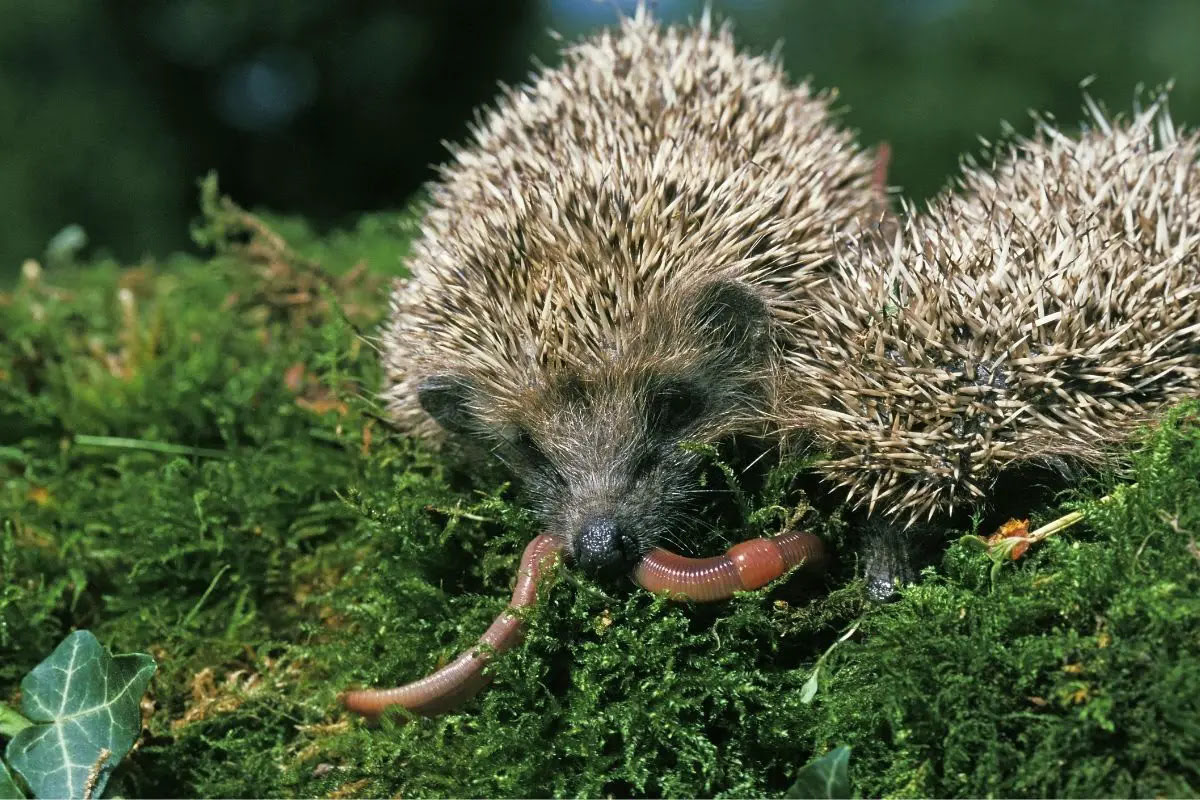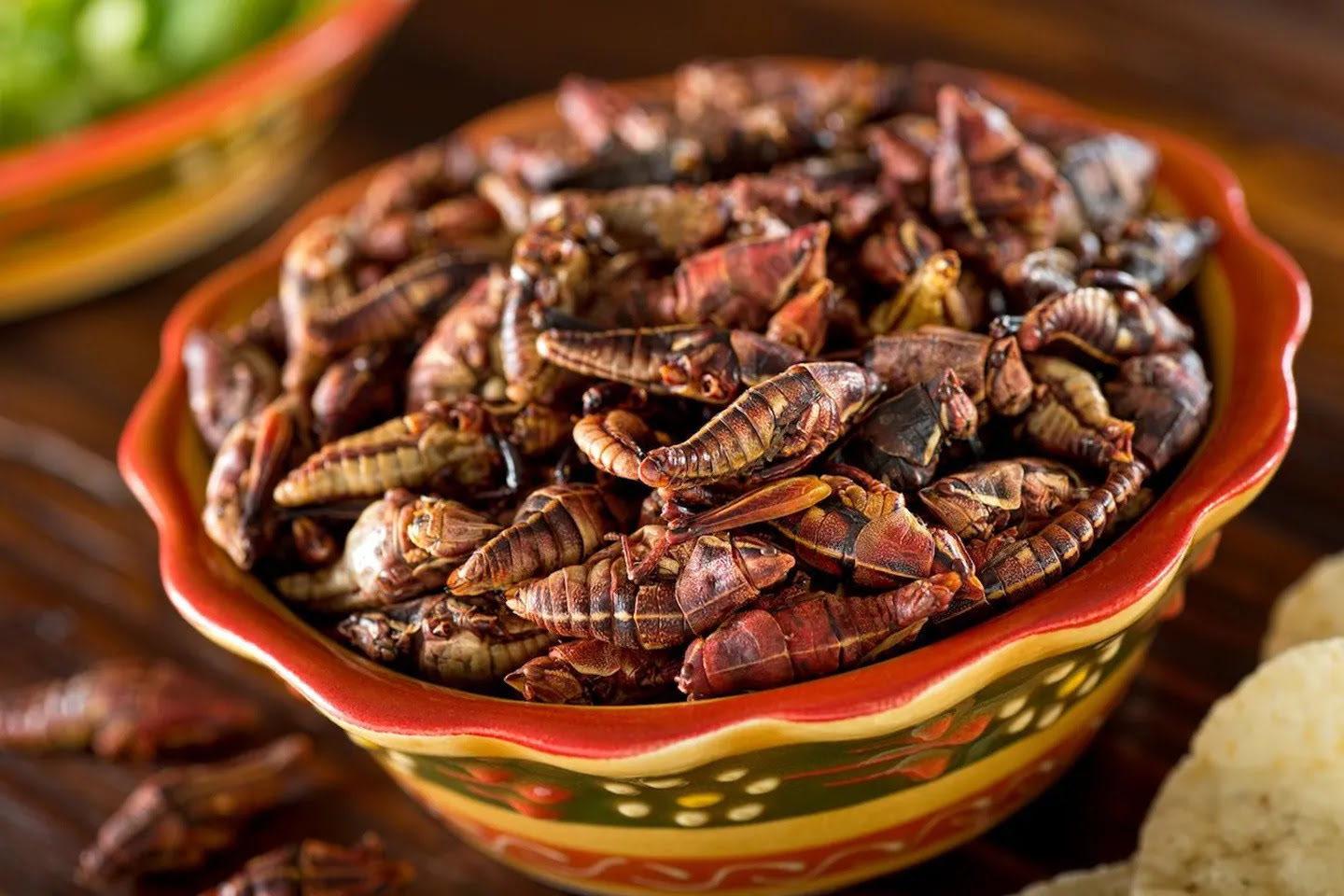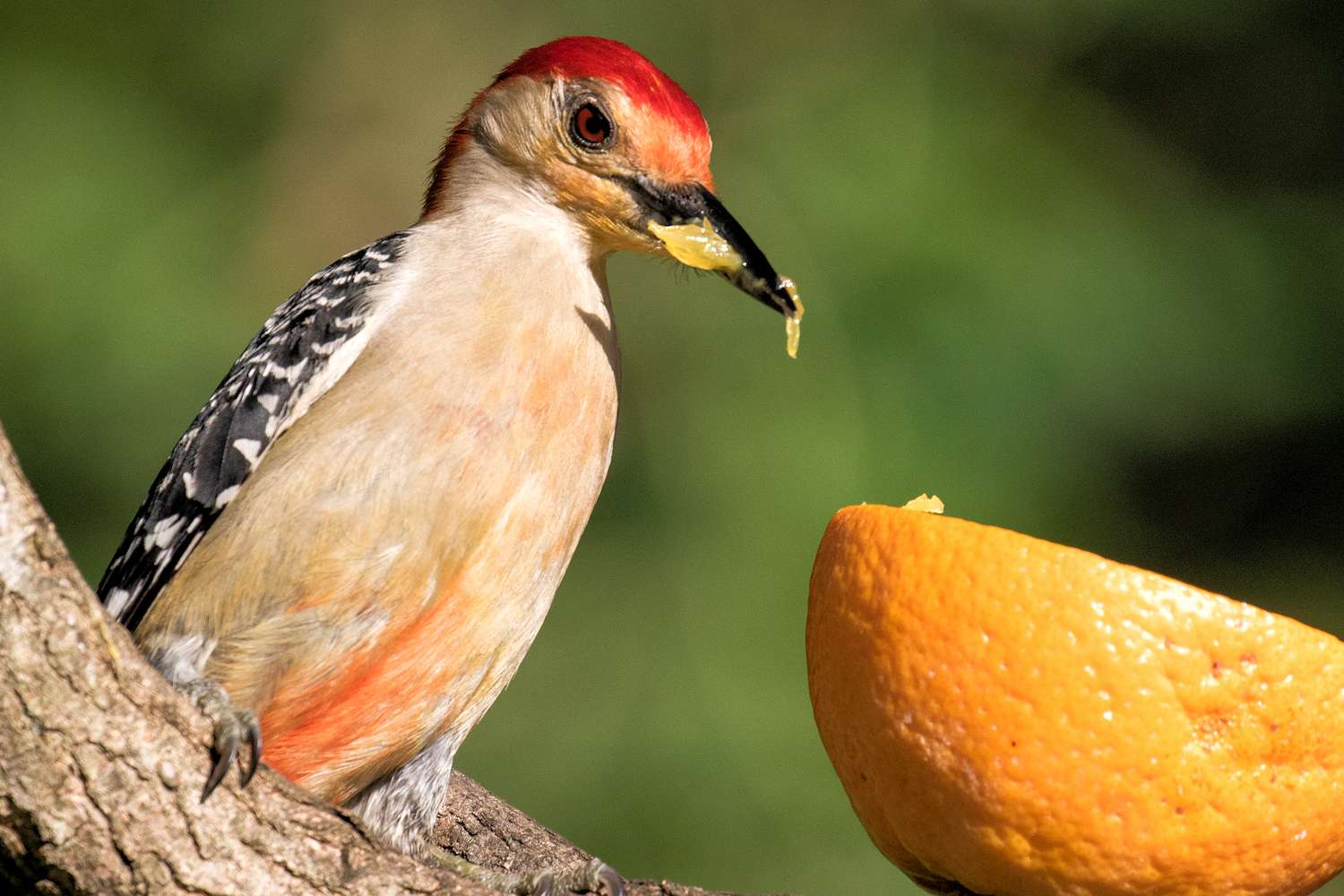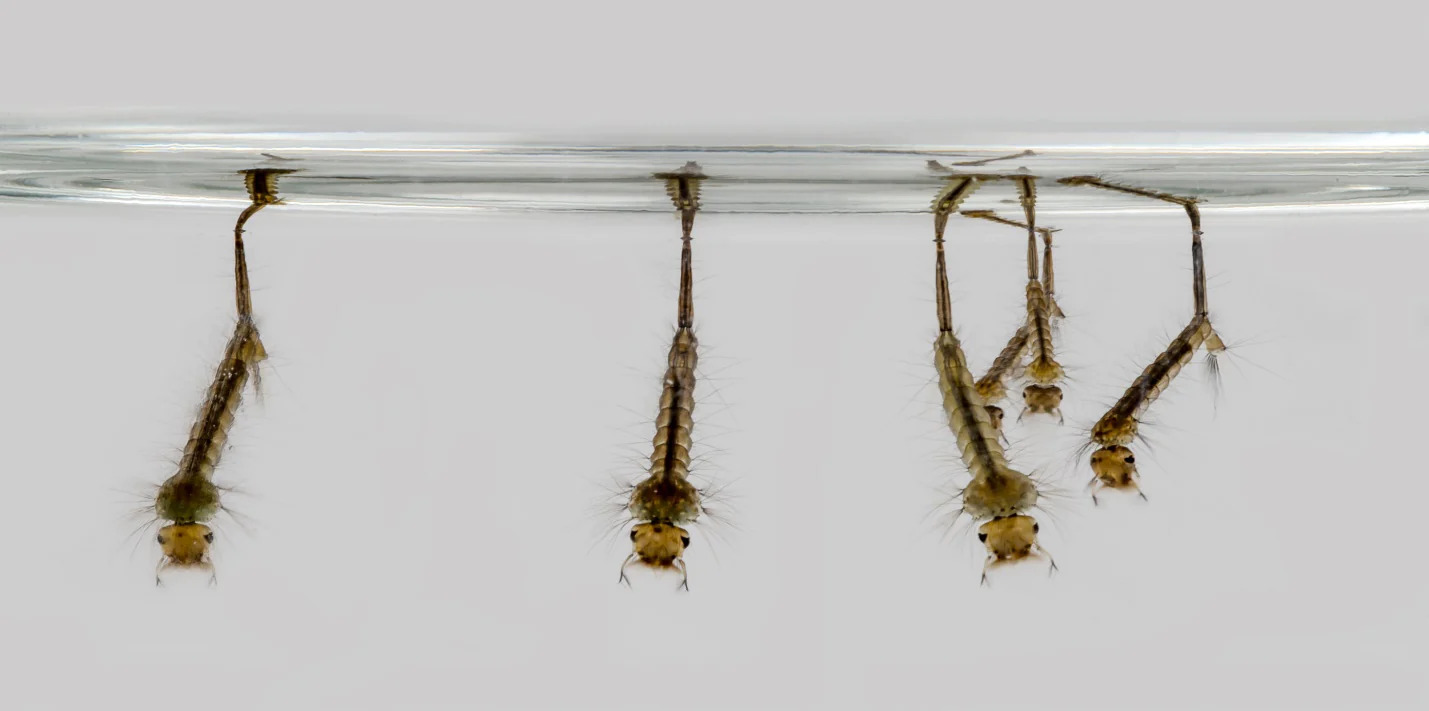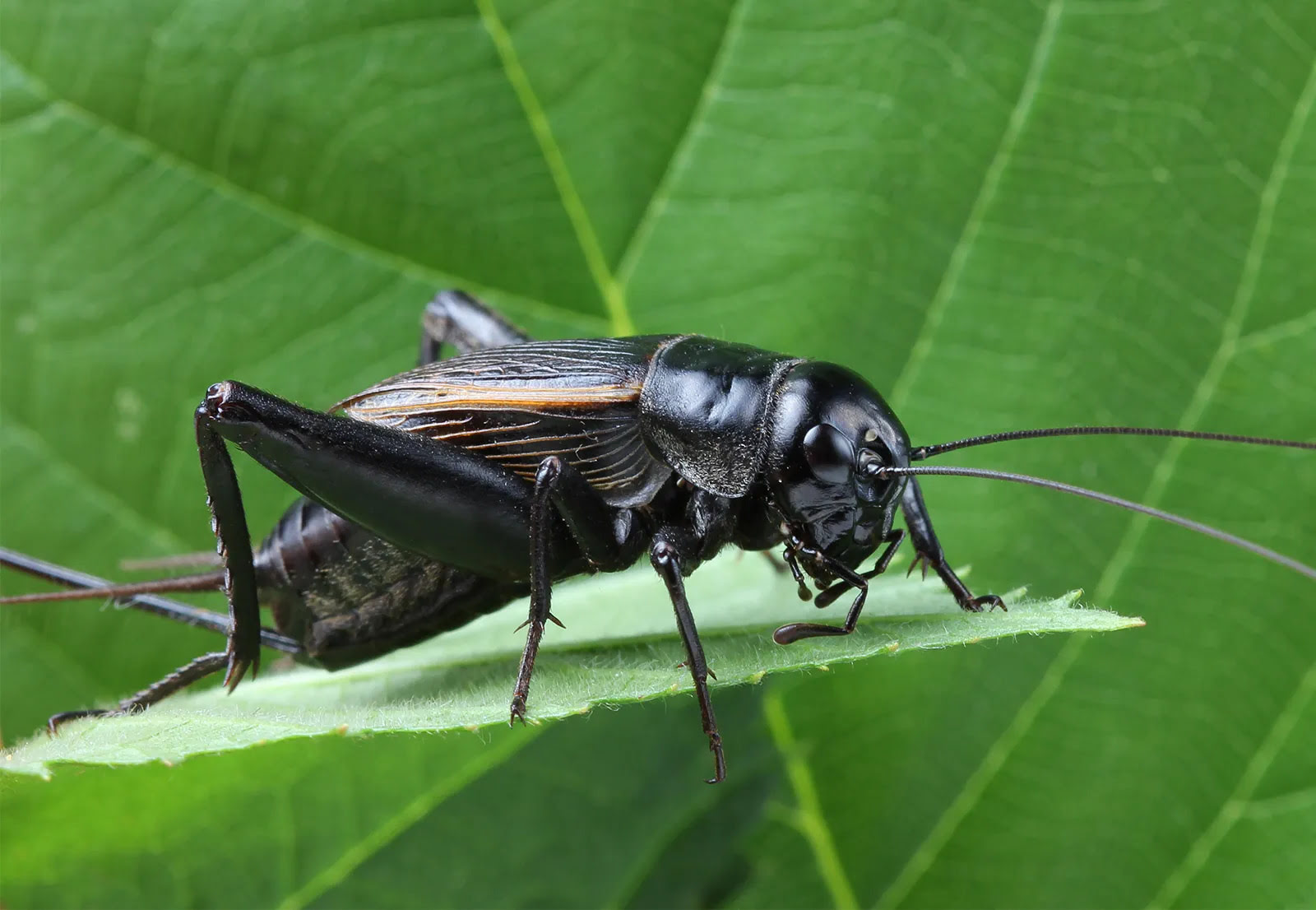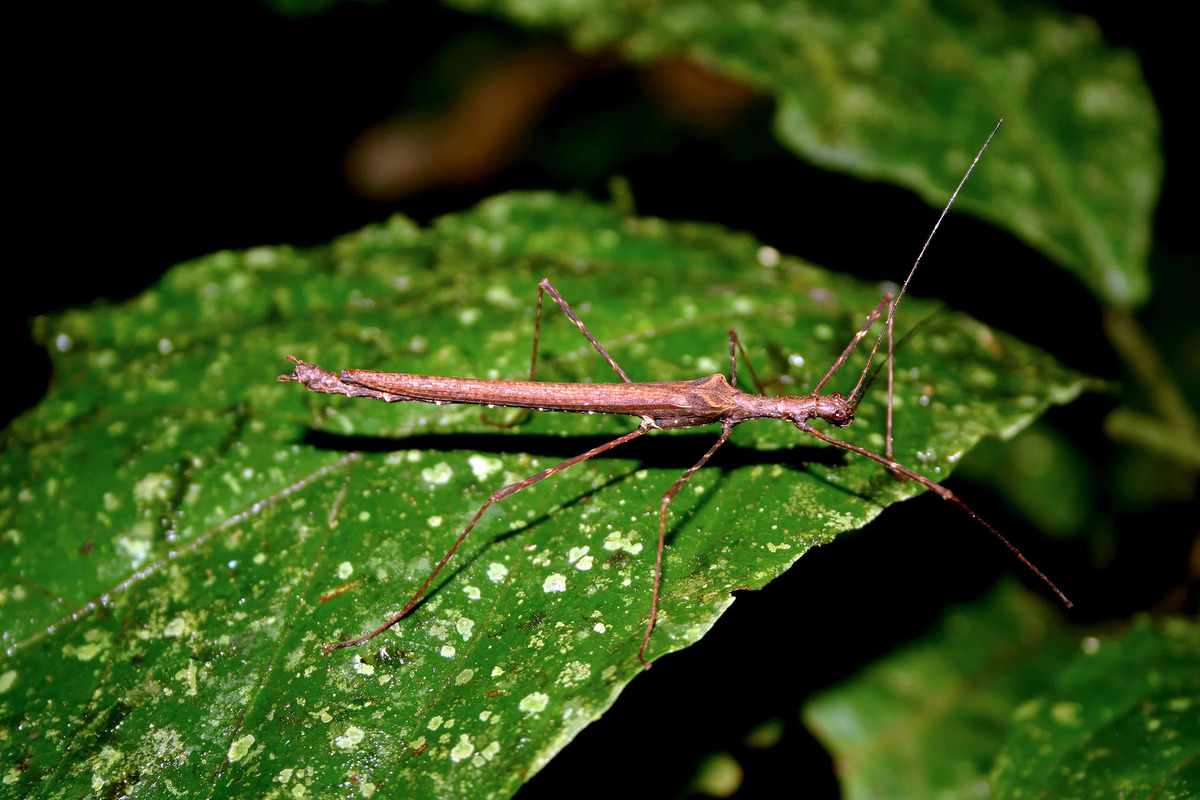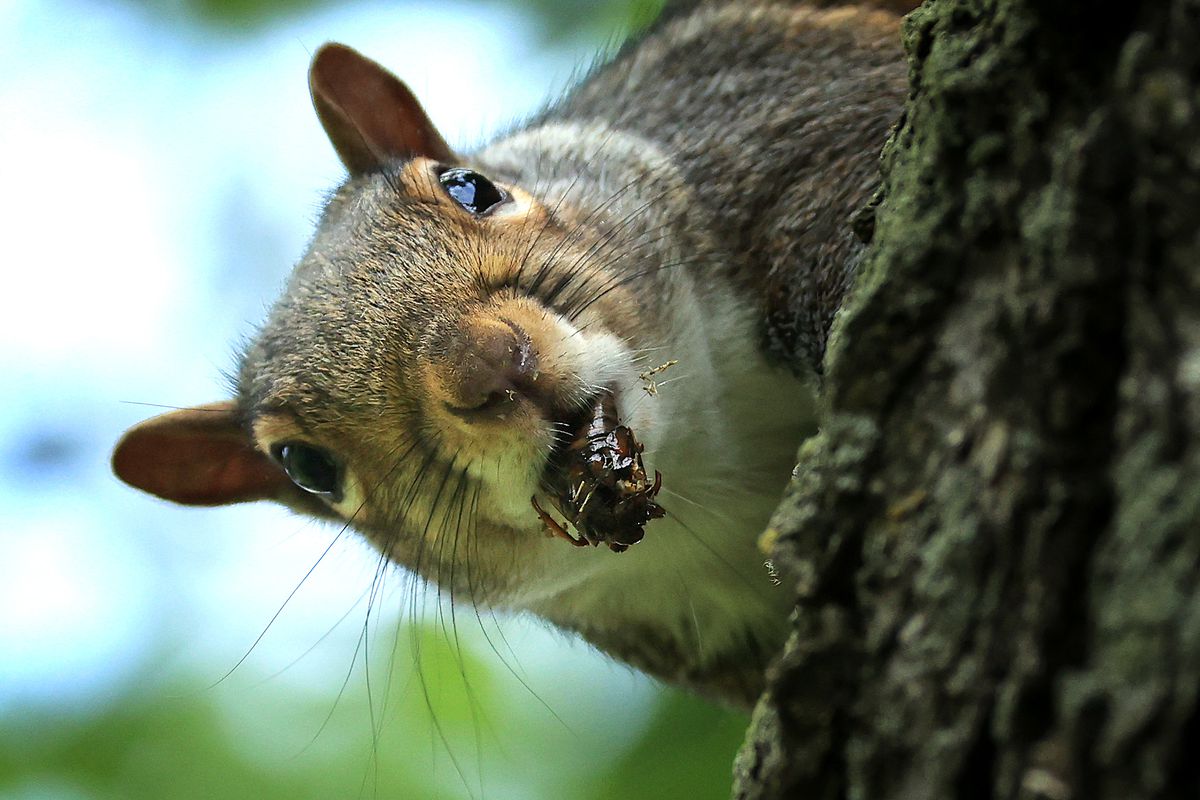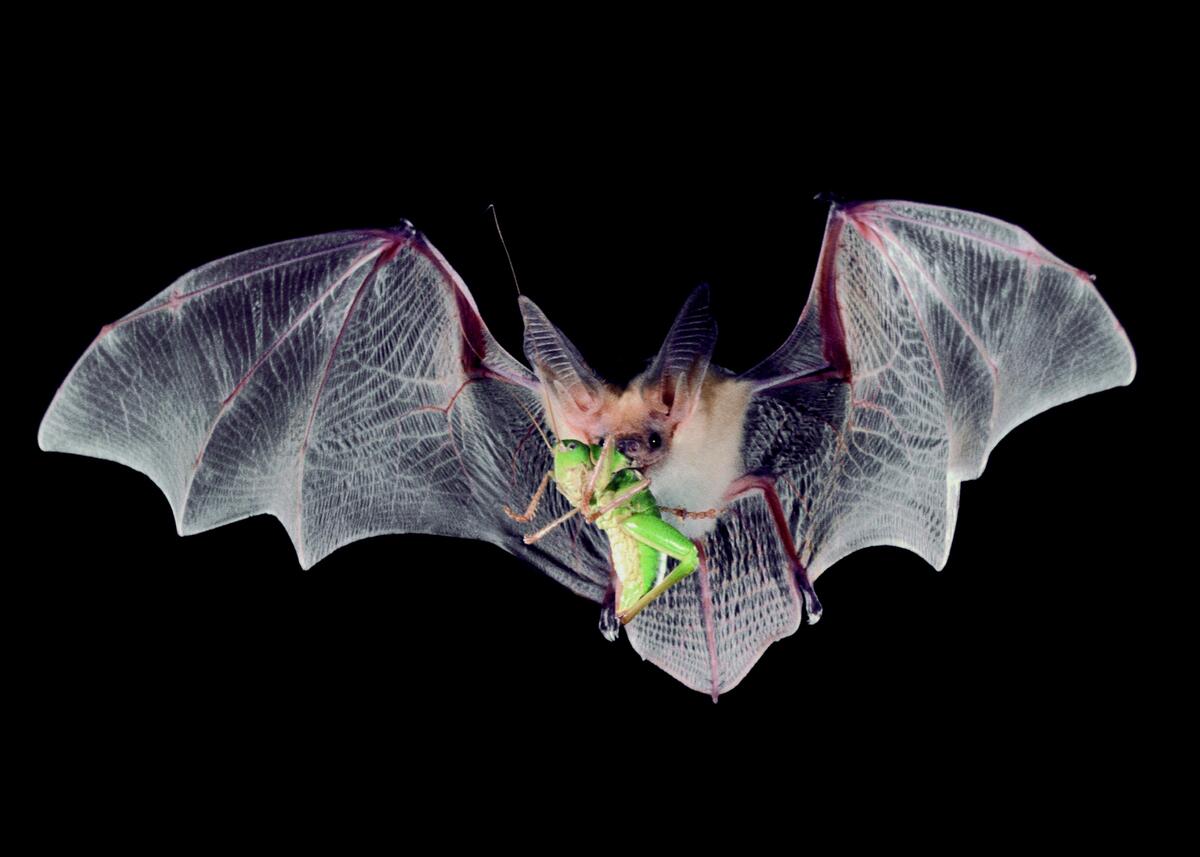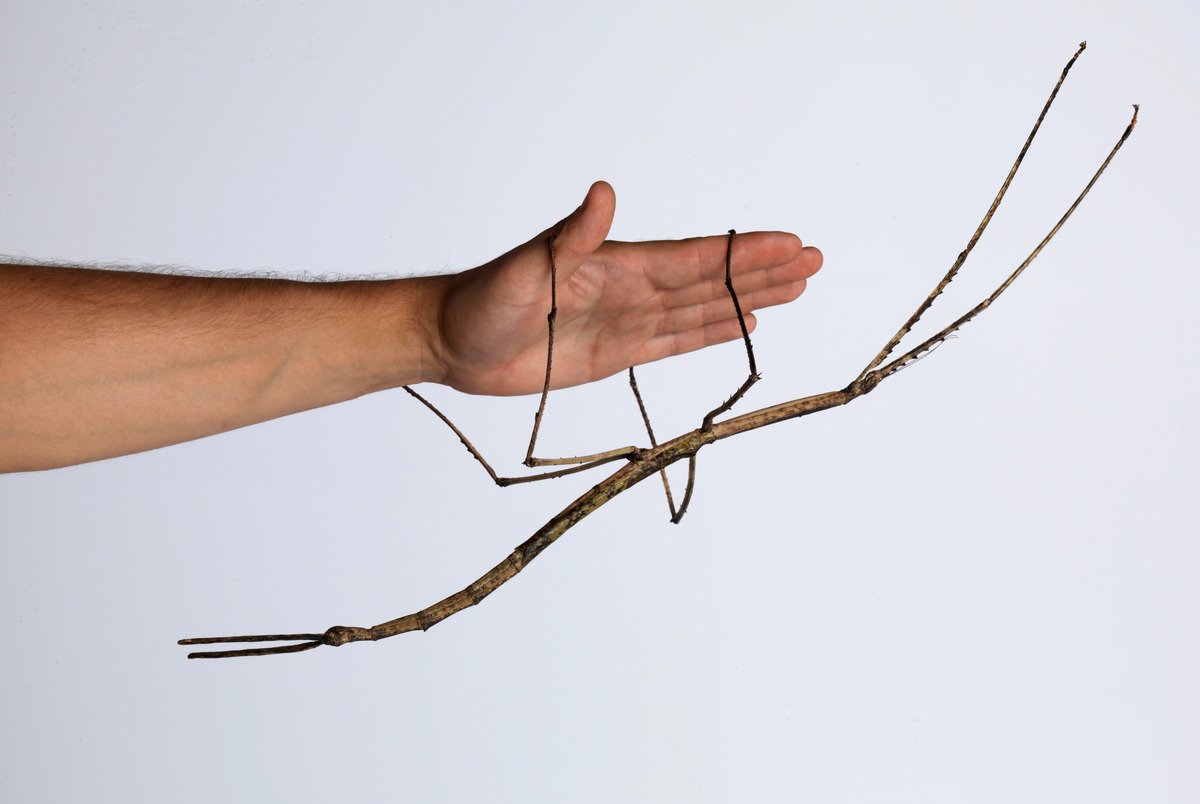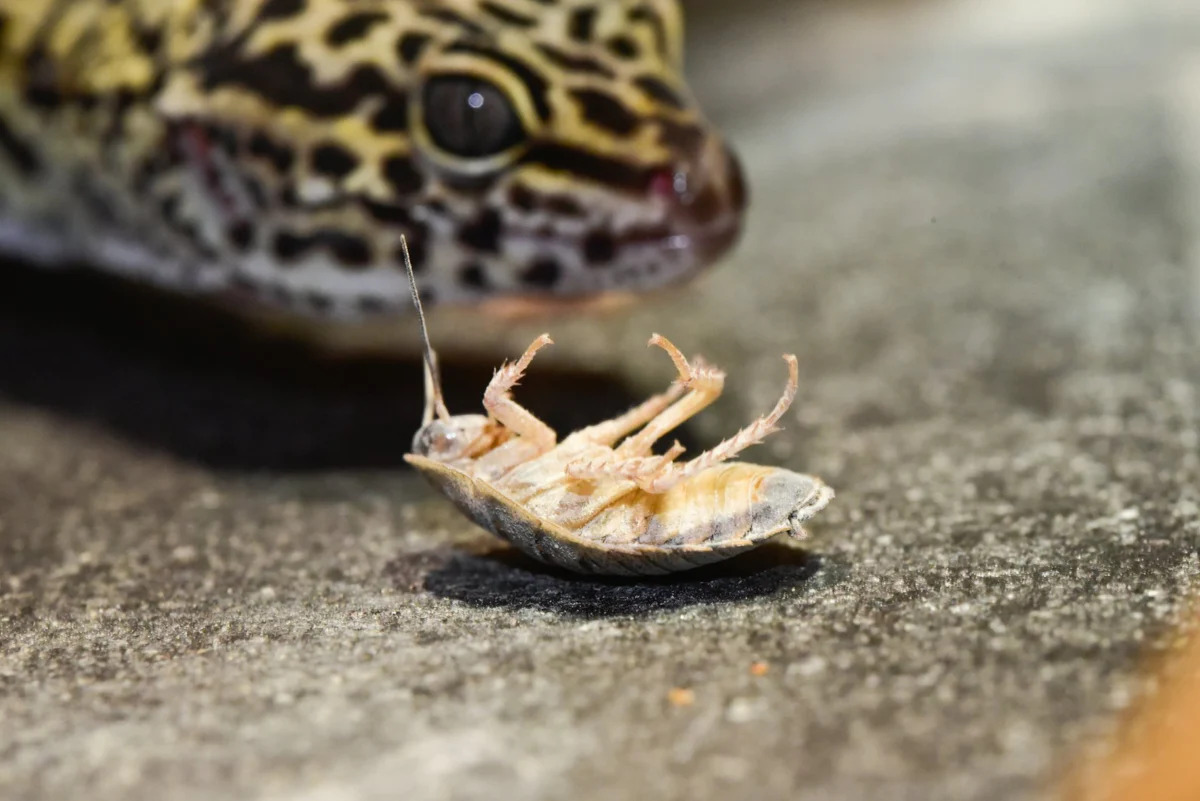Home>Gardening News and Trends>Latest News>What Insects Do Hummingbirds Eat
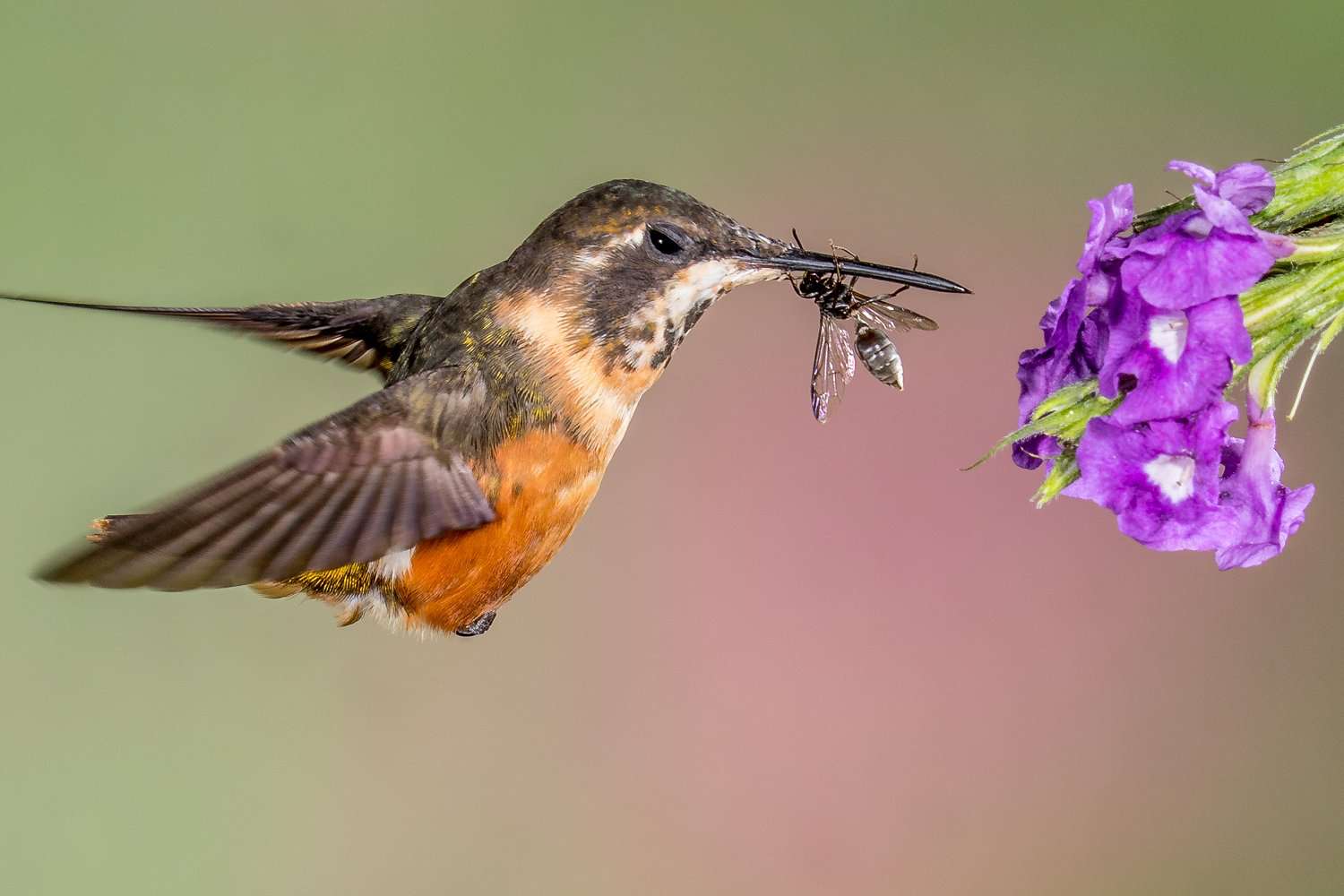

Latest News
What Insects Do Hummingbirds Eat
Modified: January 22, 2024
Discover the latest news on what insects hummingbirds eat and how their diet impacts their health and behavior. Explore the fascinating world of these tiny avian predators.
(Many of the links in this article redirect to a specific reviewed product. Your purchase of these products through affiliate links helps to generate commission for Chicagolandgardening.com, at no extra cost. Learn more)
Table of Contents
Introduction
Hummingbirds are fascinating creatures known for their vibrant colors, incredible agility, and unique ability to hover in mid-air. While nectar from flowers is their primary source of energy, there is another important component in their diet that often goes unnoticed – insects.
Insects play a crucial role in the diet of hummingbirds, providing them with essential nutrients and proteins that are not found in nectar alone. Although they are often associated with sipping sweet nectar from flowers, hummingbirds are actually opportunistic insectivores. They have been observed catching and consuming a wide variety of insects as a significant part of their diet.
This article will explore the importance of insects for hummingbirds, discuss common types of insects consumed by these birds, and shed light on the methods hummingbirds use to capture their tiny prey. Furthermore, we will discuss the benefits of insects in hummingbird conservation efforts and how understanding their role in the hummingbird’s diet can help protect these magnificent creatures.
So, if you’ve ever wondered what insects hummingbirds eat and why they are important, join us on this fascinating exploration into the world of hummingbird dining habits.
Importance of Insects for Hummingbirds
Insects play a vital role in the diet of hummingbirds, providing them with essential nutrients and proteins that are crucial for their survival. While nectar provides hummingbirds with a source of energy, it lacks certain nutrients that are necessary for their overall health and well-being.
One of the key benefits of insects for hummingbirds is their high protein content. Hummingbirds have an incredibly fast metabolism and need a constant supply of protein to maintain their energy levels. Insects, such as flies, gnats, spiders, and beetles are excellent sources of protein for hummingbirds. These tiny creatures are packed with amino acids, which are the building blocks of proteins.
In addition to protein, insects also provide hummingbirds with other essential nutrients like calcium, iron, and vitamins. Calcium is necessary for strong bones and eggshell formation in female hummingbirds, while iron is vital for carrying oxygen in their bloodstream. By consuming insects, hummingbirds can meet their nutritional needs and ensure their overall health and reproductive success.
Moreover, insects offer a more efficient and higher calorie food source compared to nectar alone. While nectar is rich in sugars, it has a low caloric density. Insects, on the other hand, provide a more concentrated source of calories, allowing hummingbirds to fuel their high-energy activities such as flying, hovering, and territorial defense.
Insects are not only important for the individual hummingbird’s health but also for the survival of their offspring. After hatching, baby hummingbirds, known as chicks, have high nutritional demands and require a protein-rich diet to grow and develop properly. Insects are a crucial food source for young hummingbirds, providing them with the necessary nutrients for their rapid growth.
Overall, the inclusion of insects in their diet ensures that hummingbirds maintain their health, energy levels, and reproductive success. Without the presence of insects, hummingbirds would be limited to a less nutritious diet of nectar alone, which could have negative implications for their population and overall ecology.
Common Insects Consumed by Hummingbirds
Hummingbirds have a varied diet when it comes to insects, and they are known to consume a wide range of small arthropods. Some of the common insects consumed by hummingbirds include:
- Mosquitoes and Gnats: These tiny flying insects are often found in abundance around bodies of water. Mosquitoes and gnats provide an excellent source of protein for hummingbirds.
- Flies: Hummingbirds are skilled at capturing flies mid-air. They have been observed hunting and consuming various types of flies, including fruit flies, house flies, and horseflies.
- Spiders: While not insects, spiders are a valuable source of protein for hummingbirds. Hummingbirds may raid spider webs or snatch spiders in flight.
- Beetles: Hummingbirds feed on small beetles, such as weevils, ladybugs, and leaf beetles. These insects offer a nutritious meal due to their high protein content.
- Aphids: Although hummingbirds primarily feed on flower nectar, they also indulge in aphids, tiny sap-sucking insects found on plants. Aphids provide an additional source of protein.
- Ants: Hummingbirds occasionally feed on ants, which are abundant and easily accessible in their natural environment.
- Other Insects: Hummingbirds have been observed consuming various other insects, including small caterpillars, beetles, moths, and small bees.
The consumption of these insects not only provides hummingbirds with vital nutrients but also offers a diverse diet that helps prevent nutritional deficiencies. Different species of hummingbirds may have slight variations in their insect preferences, depending on their natural habitat and availability of specific insect species.
It is worth noting that hummingbirds primarily rely on insects as a supplemental food source, in addition to nectar. The majority of their diet still consists of nectar from flowers, as it provides a readily available source of energy.
Understanding the types of insects consumed by hummingbirds can help researchers and bird enthusiasts identify and attract these feathered creatures to their gardens or feeding stations. By providing a habitat that supports insect populations, you can create an environment that meets the dietary needs of hummingbirds and encourages their presence and well-being.
Role of Insects in Hummingbird Diet
Insects play a crucial role in the diet of hummingbirds, providing them with essential nutrients and contributing to their overall health and well-being. While nectar from flowers is the primary source of energy for hummingbirds, insects help supplement their diet by offering additional benefits.
One of the main roles of insects in the hummingbird diet is providing a source of high-quality protein. Nectar is primarily composed of sugars, which serve as a quick source of energy. However, it lacks certain essential nutrients like protein. Insects, on the other hand, are rich in proteins, amino acids, and other important nutrients that are vital for hummingbirds’ growth, development, and overall health.
Proteins are essential for muscle development, feather maintenance, and tissue repair in hummingbirds. These tiny birds have an incredibly fast metabolism and need a constant supply of protein to maintain their energy levels and sustain their high-energy activities, such as hovering and rapid flight. Insects provide a concentrated and easily digestible protein source that helps meet these nutritional requirements.
In addition to protein, insects also offer other important nutrients that are not found in nectar alone. For example, insects like spiders and beetles are rich in calcium, which is crucial for bone strength and eggshell formation in female hummingbirds. Iron, another essential mineral, is found in higher quantities in insects compared to nectar and is important for carrying oxygen in the bloodstream.
Insects also contribute to the diversification of the hummingbird diet. By consuming a variety of insects, hummingbirds increase their nutrient intake and reduce the risk of nutritional deficiencies. Different insect species have different nutritional profiles, so incorporating a wide range of insects in their diet ensures a balanced intake of essential nutrients.
Furthermore, insects provide a higher calorie density compared to nectar alone. While nectar is rich in sugars, it has a lower caloric content. Insects, however, offer a more energy-dense food source for hummingbirds. This is particularly important during periods of high activity, such as territorial defense, courtship displays, and migration, where hummingbirds require a substantial amount of energy to fuel their activities.
Overall, insects play a vital role in supplementing the nectar-based diet of hummingbirds. They provide essential nutrients, proteins, and calories that are necessary for the hummingbirds’ overall health, energy levels, and reproductive success. Understanding the role of insects in the hummingbird diet helps us appreciate the intricate relationship between these tiny birds and the insect world, highlighting the importance of maintaining insect populations for the conservation of hummingbirds.
Methods Used by Hummingbirds to Capture Insects
Hummingbirds have evolved various techniques and adaptations to efficiently capture insects, despite their small size and rapid flight. These agile birds employ several methods to hunt and capture their tiny prey:
1. Aerial Pursuit: Hummingbirds are incredibly agile fliers, capable of hovering, flying backwards, and making quick, darting movements. They use their speed and maneuverability to chase and catch flying insects mid-air. With their long, slender bills and extendable tongues, hummingbirds can snatch insects out of the air with remarkable precision.
2. Gleaning: Hummingbirds often search for insects on leaves, branches, and other surfaces. This method, known as gleaning, involves closely inspecting plant surfaces and retrieving hidden insects. Hummingbirds use their sharp vision and specialized bill morphology to pick off small insects and arthropods from the vegetation.
3. Pouncing: When insects are resting or stationary, hummingbirds can quickly pounce on them, seizing the opportunity to capture their prey. This method involves a swift and precise movement towards the insect, using the hummingbird’s beak to grab the unsuspecting prey.
4. Stealth Attack: Hummingbirds are known to use stealth to capture insects. They may perch nearby or hover quietly, carefully observing their surroundings. When an insect comes within range, they swiftly dive down and snatch it before it can react.
5. Spider Web Raiding: Hummingbirds have been observed raiding spider webs to capture trapped insects. They can extract the ensnared insects caught in the web’s sticky threads without getting caught themselves. This peculiar behavior highlights their adaptability and opportunistic feeding habits.
6. Traplining: Some hummingbirds have developed a hunting technique called traplining. They establish a circuit of flowering plants and navigate between them, constantly checking for insect activity. This allows them to efficiently feed on both nectar and insects, maximizing their energy intake.
It is important to note that different species of hummingbirds may employ different hunting strategies depending on their size, habitat, and available insect prey. Their remarkable flight abilities and specialized bill structures, with long, slender shapes and curved tips, are adaptations that allow them to capitalize on their insect-catching techniques.
By studying the methods used by hummingbirds to capture insects, researchers gain insights into their behavior, foraging patterns, and ecological roles. This knowledge can aid in the conservation of hummingbirds by ensuring the availability of suitable habitats and insect populations necessary for their survival.
Benefits of Insects in Hummingbird Conservation
Insects play a pivotal role in hummingbird conservation efforts, benefiting both the hummingbirds themselves and the larger ecosystem. Understanding and preserving the relationship between hummingbirds and insects is crucial for the long-term survival of these captivating and important bird species.
1. Nutritional Support: Insects provide essential nutrients, proteins, and other valuable dietary components that supplement the nectar-based diet of hummingbirds. The availability of insects ensures that hummingbirds have access to a diverse and well-rounded diet, promoting their overall health, reproduction, and survival.
2. Reproductive Success: Insects are particularly important during the breeding season when hummingbirds require additional energy and nutrients for successful reproduction. The high-protein diet provided by insects contributes to healthy eggs, optimal chick development, and increased chances of fledgling survival.
3. Ecosystem Balance: Hummingbirds are important pollinators, transferring pollen from flower to flower as they feed on nectar. However, they also inadvertently collect and transport insect eggs and larvae, playing a role in controlling insect populations. By maintaining a diverse range of insect species, hummingbirds contribute to the ecological balance of their habitats.
4. Plant Pollination: Insects are crucial for plant pollination, and hummingbirds inadvertently assist in this process as they forage for insects. When hummingbirds feed on nectar, they brush against the reproductive structures of flowers, facilitating cross-pollination. This, in turn, results in the reproduction and genetic diversity of flowering plants, benefiting both the plants and other animals that depend on them.
5. Conservation Awareness: The presence of hummingbirds and their reliance on insects serves as an indicator of a healthy and biodiverse ecosystem. By highlighting the importance of insects in hummingbird diets, conservation efforts are likely to incorporate measures to protect insect populations and their habitats, benefiting a wide range of species beyond just hummingbirds.
6. Public Engagement: Hummingbirds are beloved and charismatic birds that capture the attention and fascination of people worldwide. By highlighting the role of insects in hummingbird conservation, researchers and wildlife enthusiasts can raise awareness about the vital interconnections between hummingbirds, insects, and their environments. This can inspire public involvement in conservation initiatives and promote efforts to preserve habitats that support both hummingbirds and the insect species they rely on.
By recognizing the numerous benefits of insects in hummingbird conservation, we can work towards preserving and restoring the complex ecological networks on which these birds depend. Protecting and restoring habitats that support a healthy population of insects contributes not only to the conservation of hummingbirds but also to the overall health and stability of ecosystems.
Conclusion
Insects play a critical role in the diet and conservation of hummingbirds. These small, agile birds rely on insects for essential nutrients, proteins, and a diverse range of dietary options that nectar alone cannot provide. Insects contribute to the overall health, energy levels, and reproductive success of hummingbirds.
Understanding the common insects consumed by hummingbirds and the methods they use to capture these tiny creatures sheds light on the intricate relationship between hummingbirds and the insect world. Hummingbirds employ various strategies such as aerial pursuit, gleaning, pouncing, and traplining to efficiently capture their prey.
In addition to the direct benefits to hummingbirds themselves, the presence of insects in hummingbird diets has broader implications for ecosystem balance and plant pollination. Insects contribute to the ecological health of habitats, and the inadvertent pollination activities of hummingbirds support the reproduction and genetic diversity of flowering plants.
Recognizing the importance of insects in hummingbird conservation highlights the need to protect and preserve habitats that support both hummingbirds and the insect species they rely on. By promoting conservation awareness and public engagement, we can foster a greater appreciation for the delicate interconnectedness of these species and inspire action to safeguard their habitats.
Insects are not only vital for hummingbirds’ survival but also serve as indicators of a healthy and biodiverse ecosystem. By valuing and preserving the role of insects, we contribute to the conservation of not just hummingbirds, but also the wider web of life that depends on these fascinating creatures.
So, the next time you observe a hummingbird sipping nectar or performing dramatic aerial maneuvers, remember the important role that insects play in their lives. By supporting the preservation of habitats that support insect populations, we can ensure a bright and sustainable future for these mesmerizing birds.
